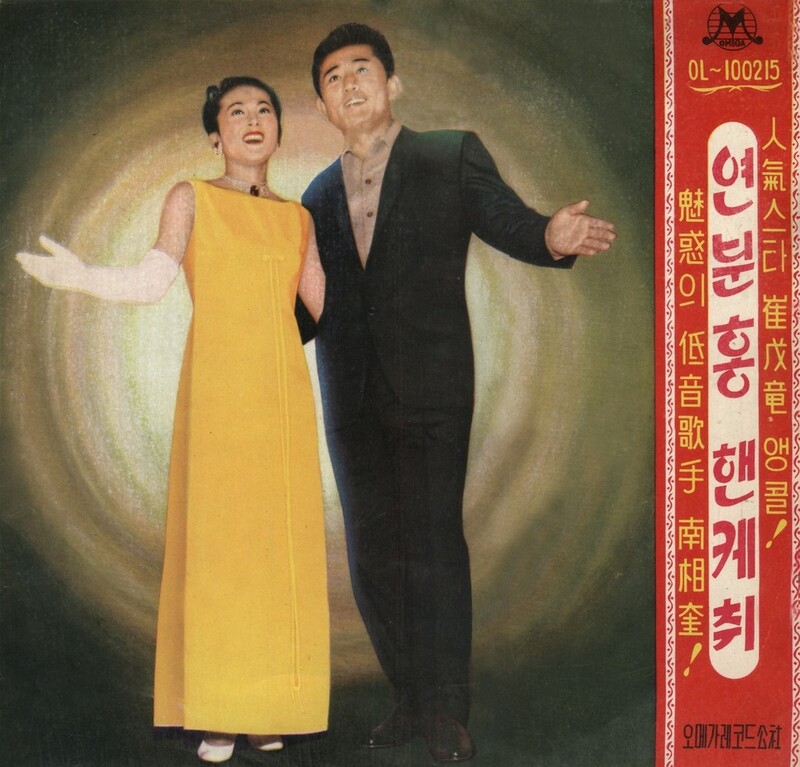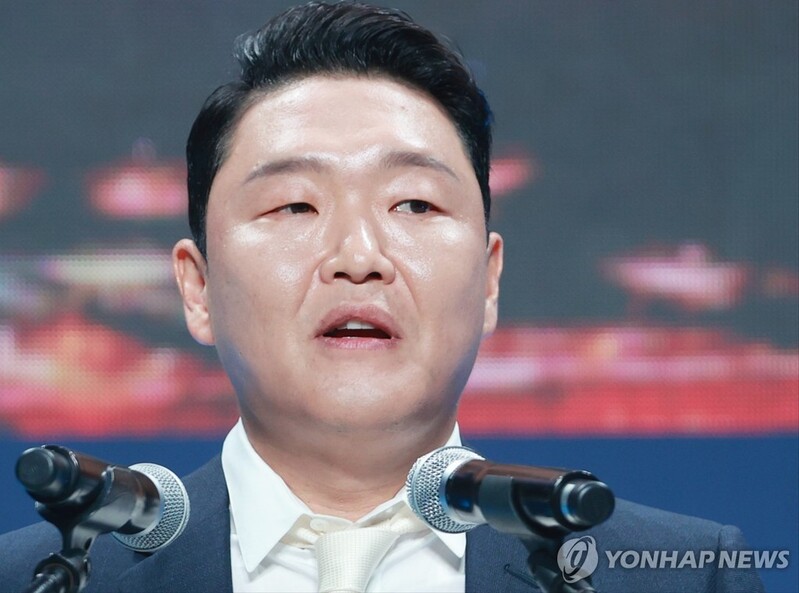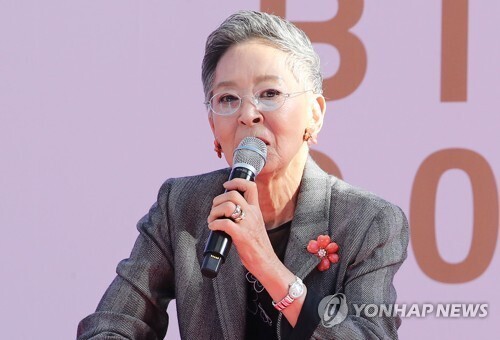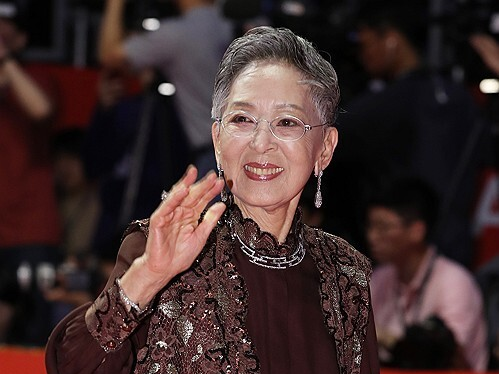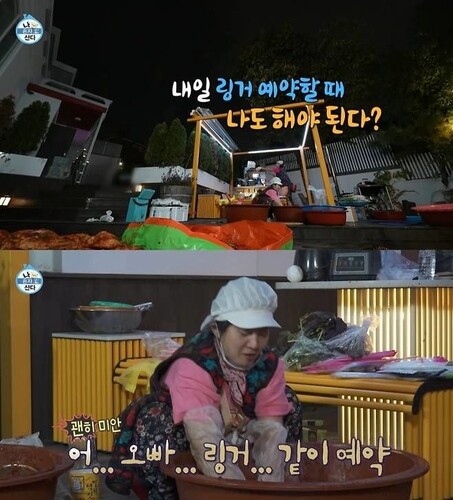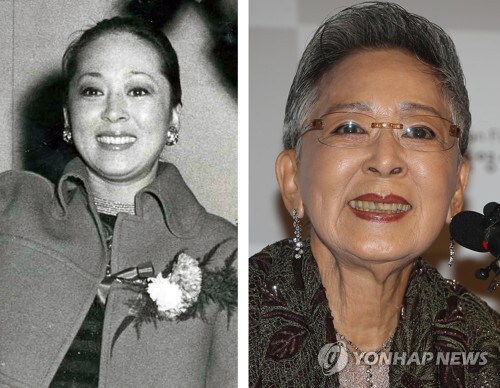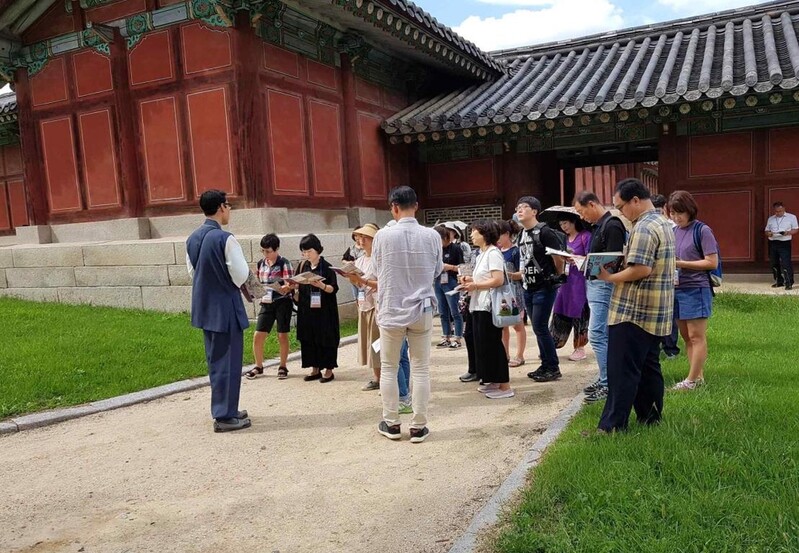 |
| ▲ This photo, provided by the Cultural Heritage Administration's Palace and Tomb Relics Headquarter, shows participants of the tour in 2018. (PHOTO NOT FOR SALE) (Yonhap) |
 |
| ▲ This photo, provided by the Cultural Heritage Administration's Palace and Tomb Relics Headquarter, shows the poster for the exclusive tour soon to be held around Changgyeonggung Palace. (PHOTO NOT FOR SALE) (Yonhap) |
SEOUL, Feb. 27 (Yonhap) -- Changgyeonggung Palace, built in the mid-15th century by King Sejong, stands in Seoul, South Korea as the third Joseon palace built after Gyeongbokgung Palace and Changdeokgung Palace.
It is an exceptional example of official and residential buildings that were integrated into and harmonized with their natural setting. As it was originally built as a secondary palace to the main palace of Gyeongbokgung, the palace had several striking differences in its purpose and spatial layout from the capital.
Based on the palace blueprint “Donggwoldo,” which is presumed to have been painted between 1826 and 1830, an exhibition will be held with the objective of comprehending the ancient appearance of the original Changgyeonggung before it was damaged by the Japanese colonialists.
The Cultural Heritage Administration’s Palace and Tomb Relics Headquarters will run a special tour program of this exquisite palace based on the blueprint Donggwoldo every Sunday from Mar. 5 to May 28, the Administration announced Monday.
Participants will be able to listen to explanations from the Cultural Heritage Administration's commentators while skimming through the Donggwoldo, which has been designated a national treasure.
The tour, which was first scheduled and carried out in 2018, has been on a hiatus due to the COVID-19 pandemic. It will be returning for the first time in about three years.
Participants will be able to take a tour around the government office, the so-called Gagksa within the Palace, while listening to background information about the provincial governor who was in charge of military affairs, as well as the officer who managed the internal affairs such as scheduling the horse rides and gamas (noble transportation) in the palace.
They will also be learning about the Donggung area, the space of the crown prince, along with Jagyeongjeon Hall, which was built for his mother Hanggyeonggung Hong as King Jeongjo ascended the throne.
While strolling around the Myeongjeongjeon Hall, Hwangyeongjeon Hall, Gyeongchunjeon Hall, Tongmyeongjeon Hall, Yanghwadang Hall, and Chundangji Temple that have been all reconstructed after the Japanese colonialism, the participants can compare and contrast the buildings with the buildings that were drawn on the ancient Donggwoldo.
This exclusive tour will last for about an hour for 20 participants on a first-come-first-serve basis.
(This article is translated from Korean to English by Ha eun Lee)
(END)
(C) Yonhap News Agency. All Rights Reserved








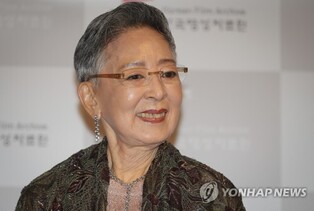
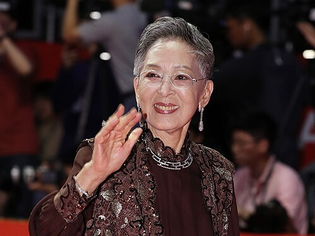
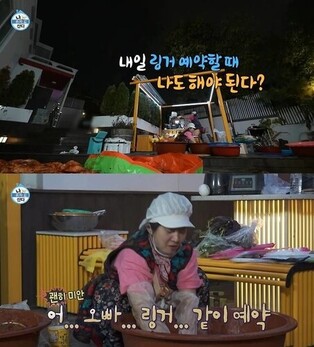
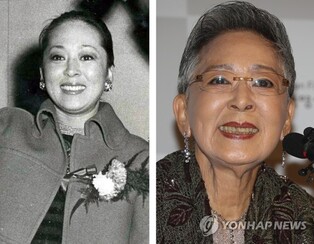
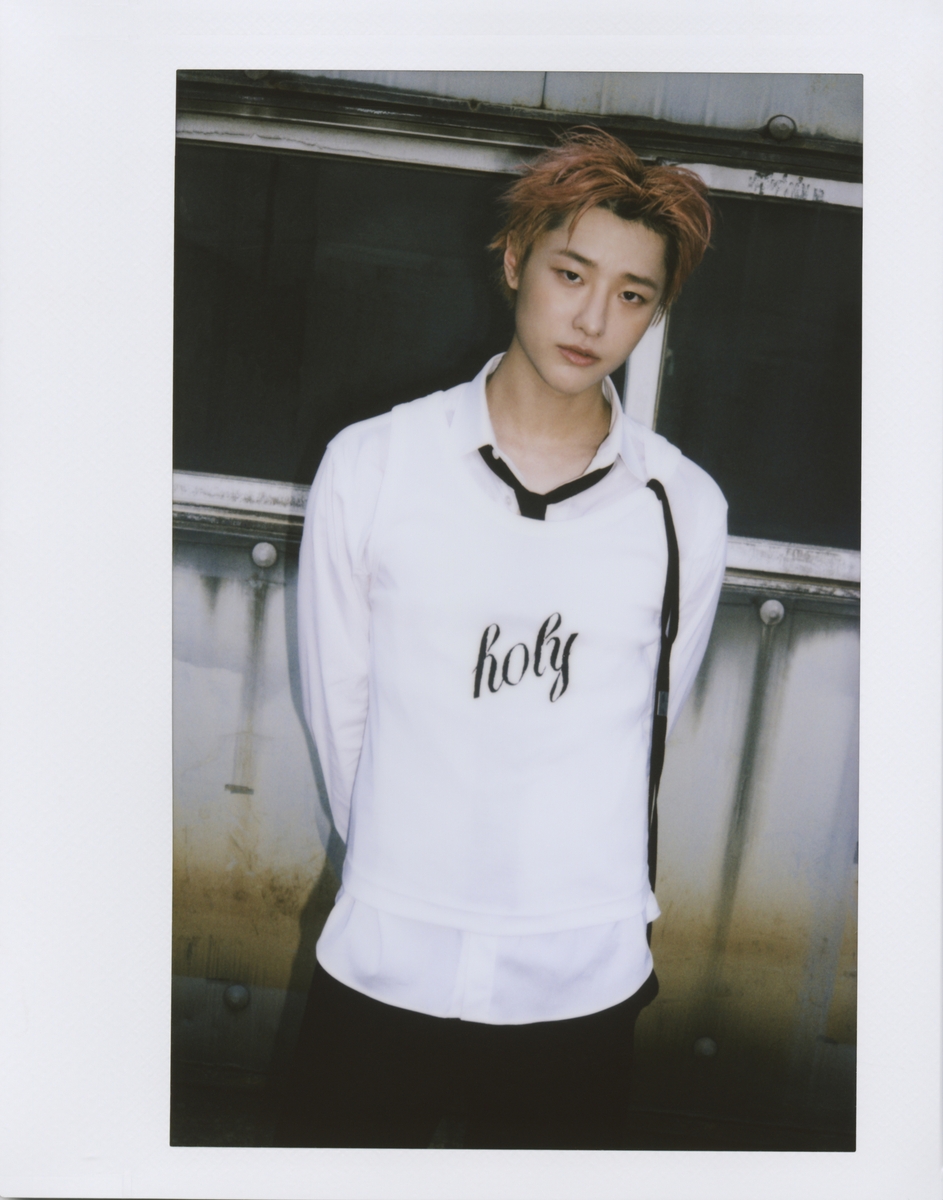
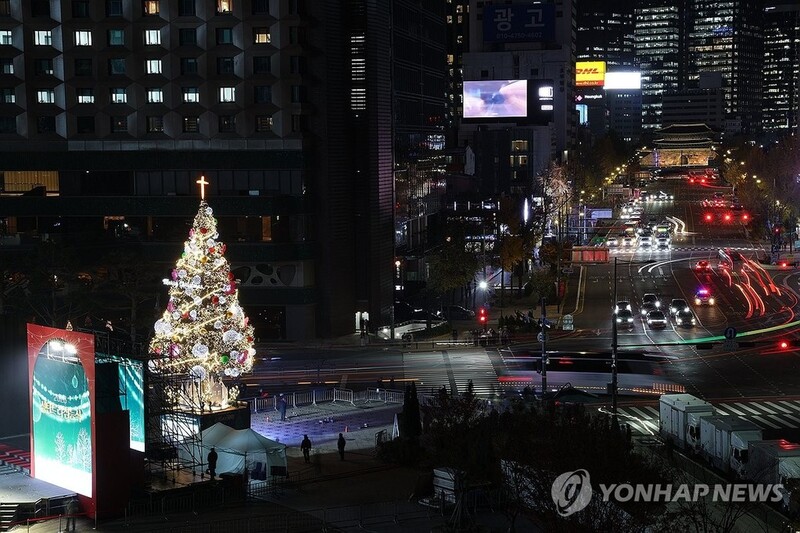
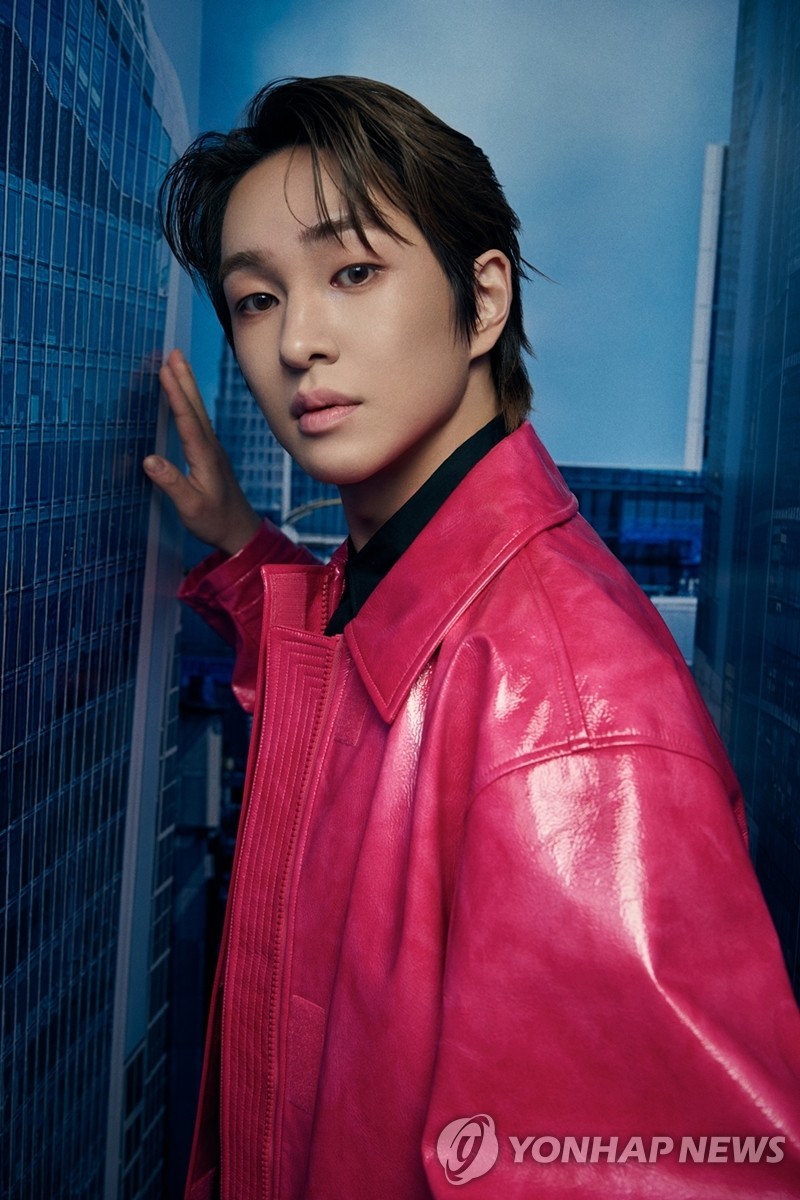
![[가요소식] 10대 싱어송라이터 민서, 데뷔 싱글 '미로'](https://korean-vibe.com/news/data/20251211/yna1065624915952705_742.jpg)
